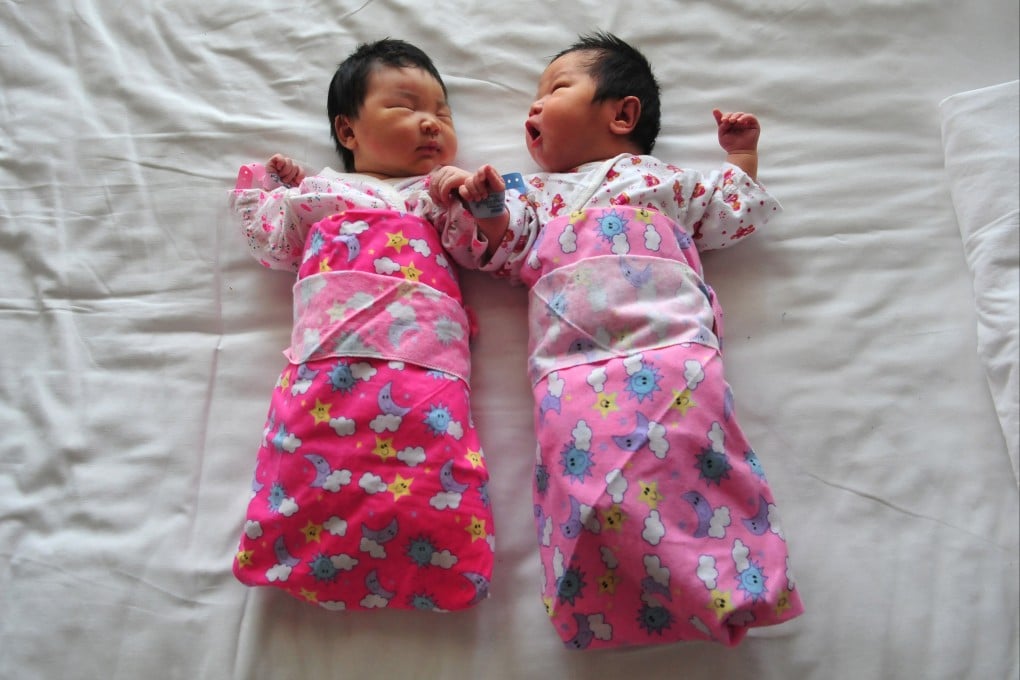Explainer | Is abortion legal in China, how common is it and why is it controversial?
- The procedure is legal and widely available across the country but it is also used as a means of population and social control
- During the one-child policy forced abortions were common but falling birth rates are prompting a change in stance

In China – which has one of the world’s highest recorded abortion rates – women’s reproductive rights have also historically been a contentious issue, but are seen through a very different cultural lens.
Here’s what you need to know about abortions in China.
Are abortions legal in China?
Abortions are widely accepted and performed across China – they are accessible to all women and are offered by the nation’s family planning programme, public and private hospitals, as well as clinics countrywide.
They have been legal for more than half a century since 1953, making China one of the first developing countries in the world to make abortion legal and easily accessible.
Traditional Chinese values largely perceive that the right to life begins from the moment of childbirth.
Abortions to terminate unwanted pregnancies are therefore hardly seen as “murder” or something to be guilty about in the atheist nation, and public debates involving strong “pro-life” or “pro-choice” views are practically non-existent.